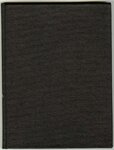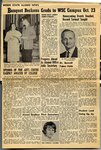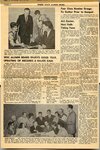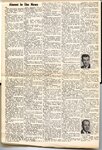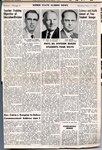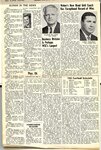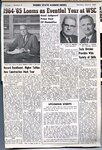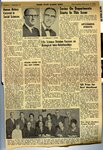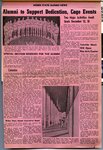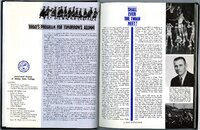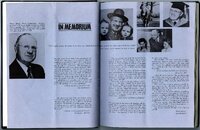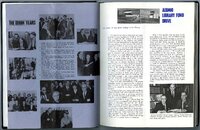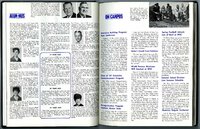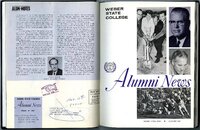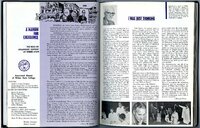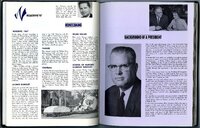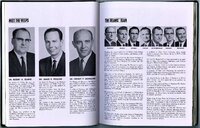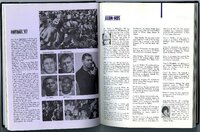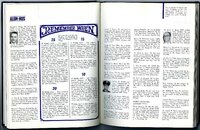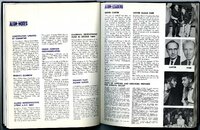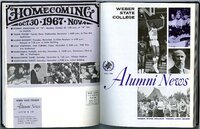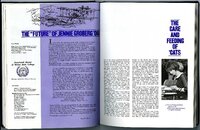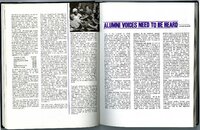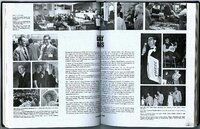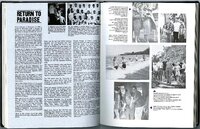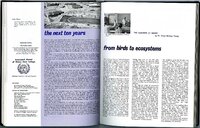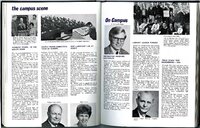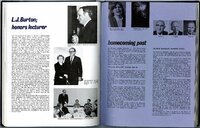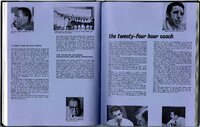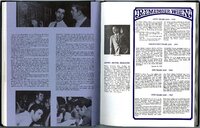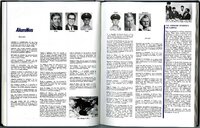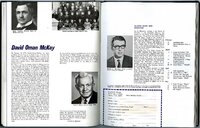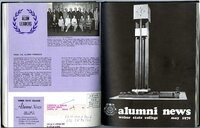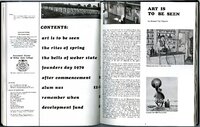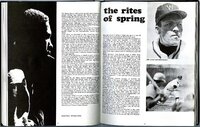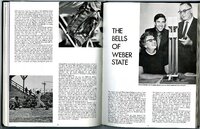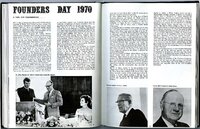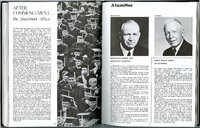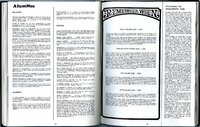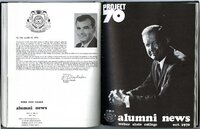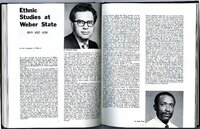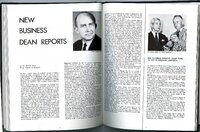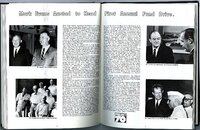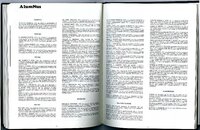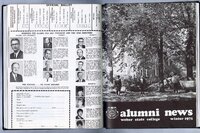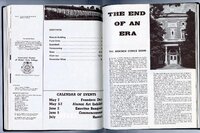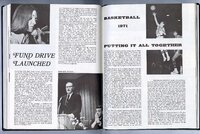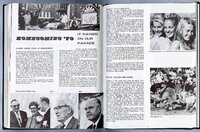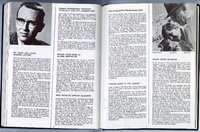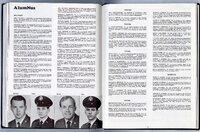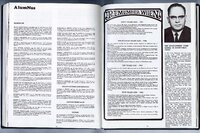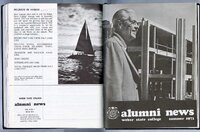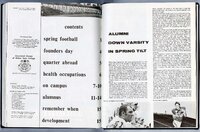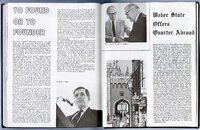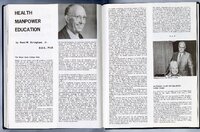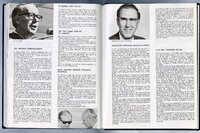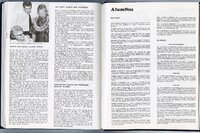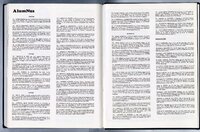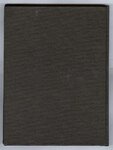| Title |
1964-1971_Alumni News |
| Creator |
Weber College |
| Contributors |
Associated Students and Alumni of Weber College |
| Description |
The annual alumni publication of Weber State University. |
| Subject |
Ogden (Utah); Weber College; Weber State College; Weber State University--History |
| Digital Publisher |
Stewart Library, Weber State University, Ogden, Utah, USA |
| Date Original |
1964; 1965; 1966; 1967; 1968; 1969; 1970; 1971 |
| Date |
1964; 1965; 1966; 1967; 1968; 1969; 1970; 1971 |
| Date Digital |
2018 |
| Temporal Coverage |
1948; 1949; 1950; 1951; 1952; 1953; 1954; 1955; 1956; 1957; 1958; 1959; 1960; 1961; 1962; 1963; 1964; 1965; 1966; 1967; 1968; 1969; 1970; 1971; 1972; 1973; 1974; 1975; 1976; 1977; 1978; 1979; 1980; 1981; 1982; 1983; 1984; 1985; 1986; 1987; 1988; 1989; 1990; 1991; 1992; 1993; 1994; 1995; 1996; 1997; 1998; 1999; 2000; 2001; 2002; 2003; 2004; 2005; 2006; 2007; 2008; 2009; 2010 |
| Item Size |
8.5 x 11 inch |
| Medium |
Periodicals |
| Item Description |
Compilation of Weber State College Alumni News consisting of four issues from 1965, two from 1967, one from 1969, three from 1970, and two from 1971. The covers are black and there are 148 pages. |
| Spatial Coverage |
Ogden, Weber, Utah, United States, http://sws.geonames.org/5779206, 41.223, -111.97383 |
| Type |
Text |
| Conversion Specifications |
Archived TIFF images were scanned with an Epson Expression 10000XL scanner. OCR by ABBYY Reader. JPG files created for general use. |
| Language |
eng |
| Rights |
Materials may be used for non-profit and educational purposes; please credit University Archives, Stewart Library, Weber State University. |
| Source |
Weber State University Archives |
| Format |
application/pdf |
| ARK |
ark:/87278/s69yqwv3 |
| Setname |
wsu_alumni |
| ID |
3 |
| Reference URL |
https://digital.weber.edu/ark:/87278/s69yqwv3 |

